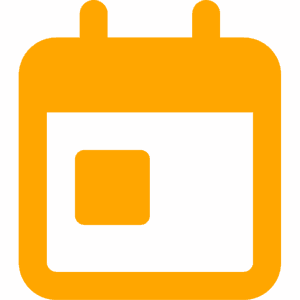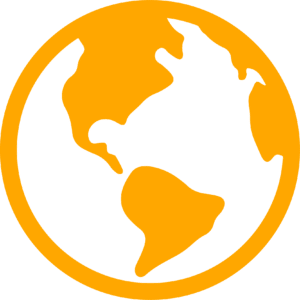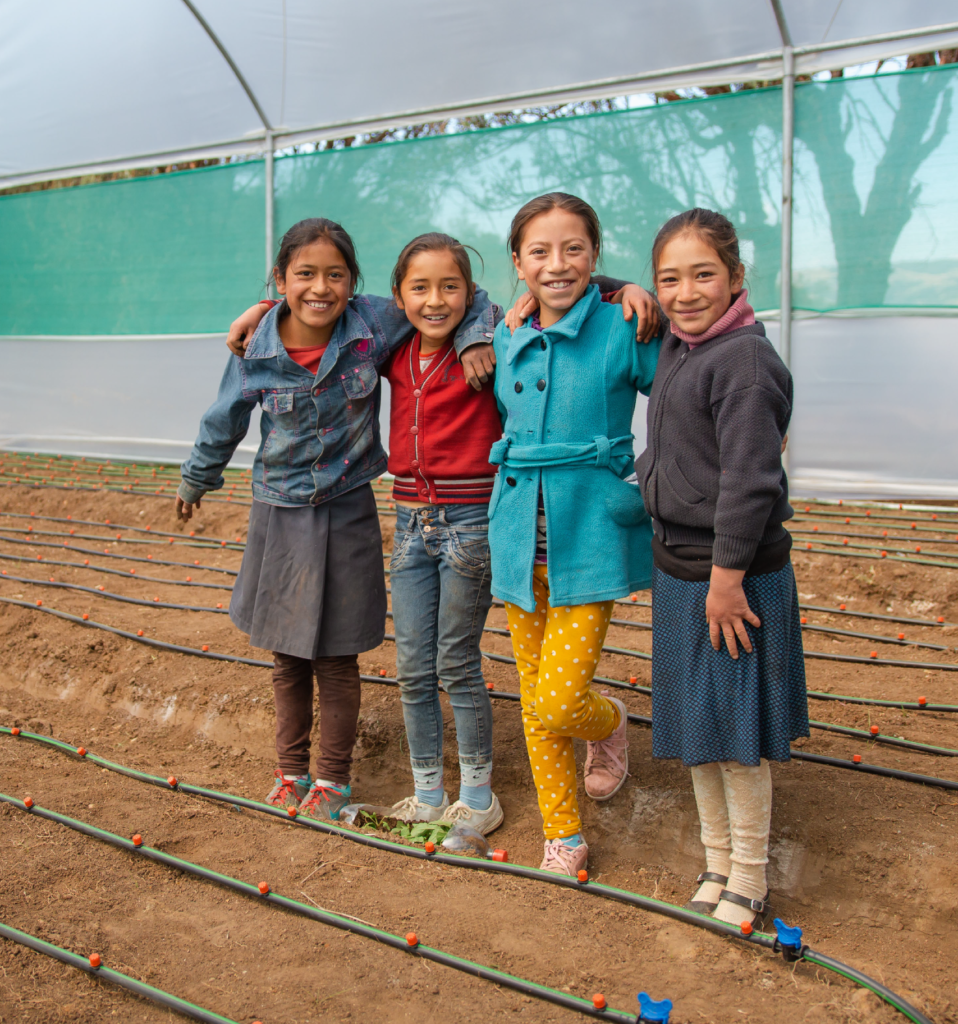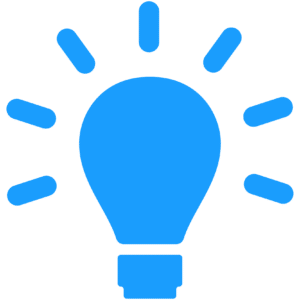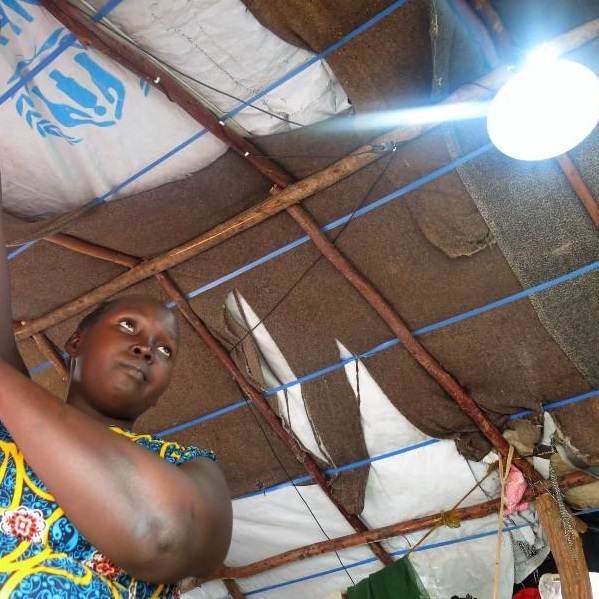Project Overview
Title: Brighter Futures. Making quality education a reality in rural schools in Peru
Dates: November 2019 – October 2022
Location: 5 communities in Condorcanqui, Amazonas and 4 communities in Huancané, Puno – Peru
Our role: We’re problem solvers, bringing together the institutions that can make the 16 schools the seed of inclusive, just, sustainable education for all children in rural areas of Peru.
Participants: 700 students and 14 teachers in 16 schools are part of the pilot intervention. Through the educational apps, 225k students from indigenous communities.
Project Budget: 1.2 million GBP
Theme: Energy access
Partners: Ministry of Education, regional governments of Amazonas and Puno, educational communities of the 16 educational institutions, local authorities, among others.
Lead Donor: Old Dart Foundation
